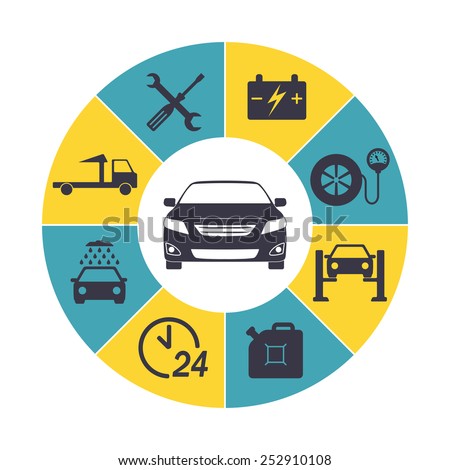Decoding Your Lorry'S Warning Indicators: What They Genuinely Signify
Decoding Your Lorry'S Warning Indicators: What They Genuinely Signify
Blog Article
Post Developed By-Faulkner Dalgaard
When you're behind the wheel, those radiant caution lights on your dashboard can be a bit bewildering. Do https://www.aarp.org/auto/car-maintenance-safety/info-2021/summer-road-trip-car-repair-tips.html know what they're attempting to inform you regarding your car's health? Comprehending the importance of these lights is essential for your security and the durability of your automobile. So, the following time among those lights appears, wouldn't you want to decode its message properly and take the needed actions to address it?
Common Warning Lights and Interpretations
Identify common caution lights in your auto and understand their definitions to make sure safe driving.
One of the most common caution lights consist of the check engine light, which indicates problems with the engine or exhausts system. If this light comes on, it's important to have your vehicle inspected quickly.
The oil pressure advising light indicates reduced oil stress, needing prompt attention to stop engine damage.
A flashing battery light might suggest a faulty charging system, potentially leaving you stranded if not attended to.
The tire pressure tracking system (TPMS) light alerts you to low tire stress, impacting car security and fuel efficiency. Neglecting this can result in risky driving problems.
The ABS light suggests a trouble with the anti-lock braking system, jeopardizing your ability to stop promptly in emergencies.
Finally, the coolant temperature level advising light warns of engine overheating, which can lead to extreme damages otherwise dealt with quickly.
Comprehending these typical warning lights will assist you attend to issues promptly and maintain safe driving problems.
Value of Prompt Interest
Understanding the common caution lights in your cars and truck is just the very first step; the value of quickly dealing with these warnings can't be emphasized sufficient to guarantee your safety and security on the road.
When a warning light illuminates on your dashboard, it's your auto's way of communicating a prospective issue that needs focus. Ignoring these warnings can cause more extreme problems later on, compromising your security and possibly costing you more out of commission.
Trigger attention to warning lights can stop failures and mishaps. For example, a blinking check engine light can show a misfire that, if left neglected, could cause damage to the catalytic converter. Resolving this promptly can conserve you from a costly fixing.
In a similar way, a brake system alerting light may indicate low brake fluid or used brake pads, important parts for your safety when driving.
DIY Troubleshooting Tips
If you observe a warning light on your control panel, there are a couple of DIY troubleshooting ideas you can try before looking for specialist aid.
The very first step is to consult your vehicle's handbook to recognize what the particular warning light shows. Sometimes the problem can be as simple as a loosened gas cap setting off the check engine light. Tightening up simply click the following internet page may deal with the issue.
One more common issue is a reduced battery, which can trigger various cautioning lights. Inspecting the battery links for corrosion and guaranteeing they're protected could take care of the trouble.
If a caution light continues, you can attempt resetting it by separating the automobile's battery for a few minutes and then reconnecting it. In addition, inspecting your car's liquid degrees, such as oil, coolant, and brake liquid, can aid troubleshoot advising lights associated with these systems.
Verdict
Finally, understanding your car's warning lights is vital for maintaining your vehicle running smoothly and safely. By promptly dealing with these alerts and knowing what they imply, you can stay clear of expensive fixings and potential break downs.
Remember to consult your cars and truck's handbook for specific details on each alerting light and take action appropriately to make certain a hassle-free driving experience.
Keep informed, remain safe when traveling!
